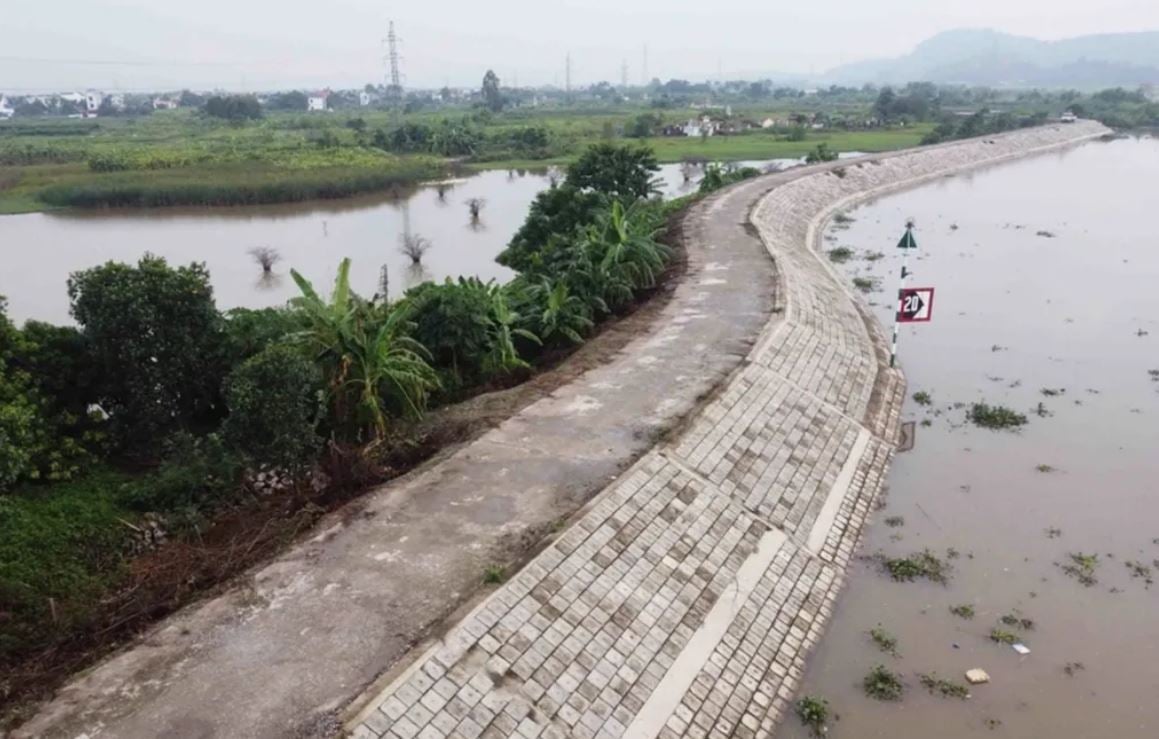
Current status of the dike system after consolidation
As of the time of merger, in the old Hai Duong province, there were 19 dike lines with a total length of more than 373 km, of which 255.9 km were dikes of level III or higher. The whole province had 276 culverts under the dikes, 86 revetments and bank protection revetments, 269 dike watch points, and 52 warehouses and material storage yards serving flood and storm prevention work. Many important dike lines such as Thai Binh left and right; Kinh Thay left and right; Kinh Mon left and right; Rang left and right; Lai Vu left and right; Luoc left were all assessed to basically ensure the design elevation in 2025.
According to the report of the Department of Agriculture and Environment of Hai Duong (old) at the time of the merger, in the province there were still 17.6 km of dikes lacking elevation, 113.6 km of dikes with small, narrow cross-sections, not meeting technical standards. The wave-breaking bamboo system was planted on 183 km, of which more than 119 km were effective, but there were still about 20 km of dikes that had not been planted with bamboo due to terrain conditions or people living close to the foot of the dikes. In addition, the whole province recorded 197.6 km of dikes with termite nests, 32.9 km of dikes close to the river with complicated landslides, of which 0.5 km needed urgent repair.
Regarding the culvert system under the dike, Hai Duong province (old) has 149 culverts, of which 20 have degraded, 31 are damaged and need repair, and 97 are still working well. In 2024, the whole province recorded 269 dike incidents (13 landslides, 25 dike overflows, 21 culvert incidents, 175 leaks, 29 seepages...), but all were detected and handled promptly, preventing dike breaks or serious incidents.
In the old Hai Phong city, the dike system is over 347 km long, of which 82.9% are stable, 16.7% are unstable, and about 1.75 km are classified as critical. The entire city has 91.74 km of embankments of all kinds, 386 culverts under the dikes, of which 50 culverts are assessed as unsafe and 35 critical culverts need special monitoring.
Focusing resources on renovating and upgrading the dike system
In order to ensure long-term safety for the dike system, Hai Duong province (old) has implemented a river dike upgrading program at a total cost of 1,361 billion VND by the time of merger. In the recent period, the province has raised and widened the dike surface by over 3 km; completed the cross-section and renovated 20 km; reinforced the dike surface with concrete over 32 km; built nearly 23 km of new embankments; renovated and built 33 culverts under the dike and 43 dike watch points. In addition, the regular maintenance and periodic repair program from 2008 to 2024 has mobilized more than 514 billion VND, helping to consolidate and reinforce nearly 200 km of dikes, plant dozens of kilometers of bamboo to break waves and reinforce hundreds of weak dike sections.
Hai Phong has also focused large resources on modernizing and synchronizing dike projects. By 2025, the city aims to complete riverbank protection and sea dikes over 10 km long, build more than 30 new drainage culverts, and implement a structural safety inspection program for large irrigation projects. Many items have been and are being invested in, such as the right dyke of Da Do, the left dyke of Van Uc, the right dyke of Lach Tray, the Thuy Trieu dyke, the Da Ngu culvert, and the dike lines surrounding the coastal areas of Kien Thuy and Tien Lang.
According to Mr. Truong Manh Tien, Chairman of Hai Duong Irrigation Works Exploitation Company Limited, the difference of this phase is the application of new construction technology such as grouting to reinforce the dike body, concreting the entire key dike line, and at the same time combining the installation of a water level monitoring system and automatic landslide warning.
In the medium-term planning until 2030, Hai Duong (old) and Hai Phong (old) both prioritized investment in upgrading level I and II dykes along the Thai Binh, Kinh Thay, Van Uc and Luoc rivers, which are heavily affected by storms and high tides. In addition, the two localities also coordinated with the Ministry of Agriculture and Rural Development to implement a project to enhance the capacity of dyke management in the downstream area of the Thai Binh river system, aiming to build a sustainable dyke system, combining traffic and ecological landscape.
Always on duty 24/7
Storm No. 11 (Matmao) is approaching, storm after storm poses many requirements for Hai Phong in natural disaster prevention. The city's Department of Agriculture and Environment is deploying dike management forces, always on duty 24/24 hours. Dike management units in 10 localities are assigned to develop separate response plans for each key dike line, arranging human resources, materials, and equipment to be ready to handle incidents in the first hour. In particular, Hai Duong province (old) has identified 42 key dike points and 51 vulnerable locations that need continuous monitoring.
Dike patrols are strictly carried out during heavy rains and rising river water levels; each dike line has a warning sign system, a monitoring logbook and a quick reporting mechanism. Dike protection plans for the entire line are detailed down to each potential landslide point such as Bo Ho embankment, Kim Lien landslide, Song Don culvert, Hung Thang embankment or key dike sections in the (old) districts of Kim Thanh, Thanh Ha, Nam Sach and Kinh Mon.
In the East of Hai Phong, the city government requested localities along rivers and coastal areas to proactively lower the water level in the irrigation system and drain buffer water before the storm arrives; at the same time, mobilize shock forces to inspect and reinforce border gates through the dike and traffic locations at risk of smuggling. When a big storm hits, all sluices under the dike are closed and only opened when the tide is low.
In addition, spare materials such as stone cages, geotextiles, soil sacks, bamboo poles, bamboo fences, etc. are available in more than 50 warehouses in communes, wards, and special zones. Irrigation companies maintain mobile teams on duty 24/7, coordinating with the military and police forces to promptly evacuate people if a bad situation occurs.
Mr. Truong Manh Tien, Chairman of Hai Duong Irrigation Works Exploitation Company Limited, said that all 277 electric pumping stations, 3,077 culverts of all kinds, more than 1,229 canals, and 8 lakes managed by the company are continuously inspected, monitored, and have plans ready to prevent storm No. 11 from making landfall tonight.
Notably, the city’s sectors are actively applying digital technology in dike management. Automatic water level measuring devices are installed at key stations such as Pha Lai, Nam Sach, Cam Giang and Dinh Vu, Kien Thuy, Tien Lang. Data is transmitted to the control center, allowing technical staff to grasp the situation immediately and make appropriate regulatory decisions.
According to Mr. Bui Hung Thien, Deputy Director of the Department of Agriculture and Environment of Hai Phong, by the end of September 2025, irrigation construction companies had reviewed and confirmed that 662 culverts under the dike, 1,840 pumping stations, 68 reservoirs and nearly 20,000 km of canals were all in a safe state, ready to operate to drain water when there was heavy rain or strong storms.
Source: https://baotintuc.vn/xa-hoi/ung-pho-bao-so-11-hai-phong-truc-2424-gio-san-sang-bao-ve-he-thong-de-dieu-20251005114633110.htm



![[Photo] Prime Minister Pham Minh Chinh chairs the 15th meeting of the Central Emulation and Reward Council](/_next/image?url=https%3A%2F%2Fvphoto.vietnam.vn%2Fthumb%2F1200x675%2Fvietnam%2Fresource%2FIMAGE%2F2025%2F11%2F27%2F1764245150205_dsc-1922-jpg.webp&w=3840&q=75)
![[Photo] President Luong Cuong attends the 50th Anniversary of Laos National Day](/_next/image?url=https%3A%2F%2Fvphoto.vietnam.vn%2Fthumb%2F1200x675%2Fvietnam%2Fresource%2FIMAGE%2F2025%2F11%2F27%2F1764225638930_ndo_br_1-jpg.webp&w=3840&q=75)





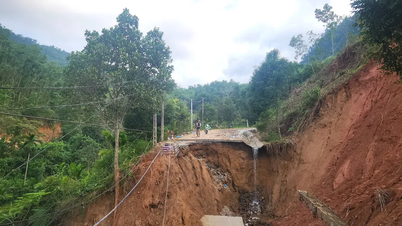










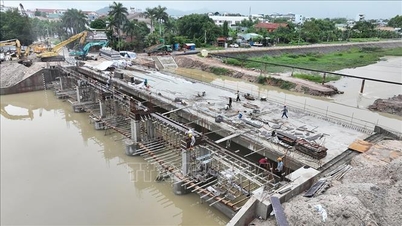
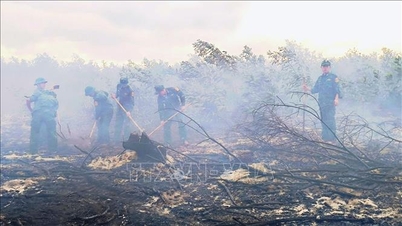





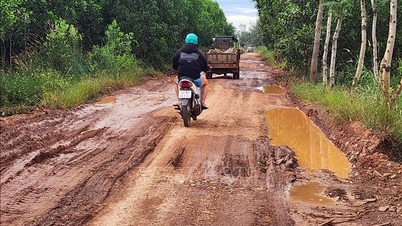


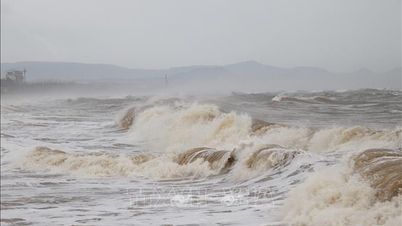

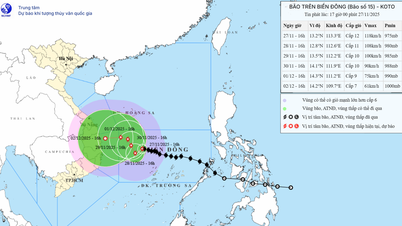








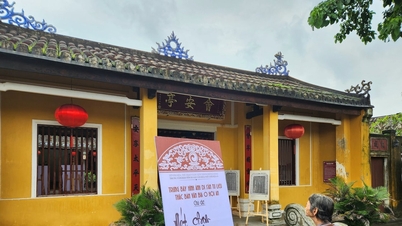













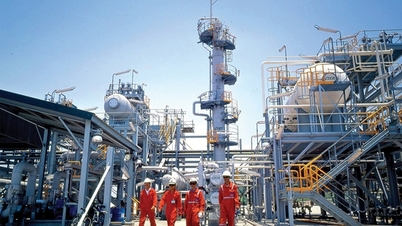



















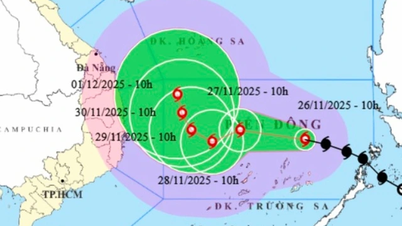












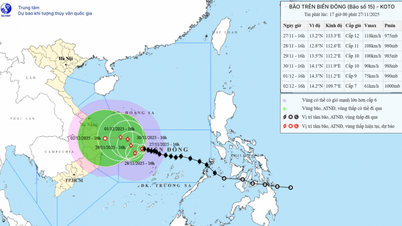















Comment (0)